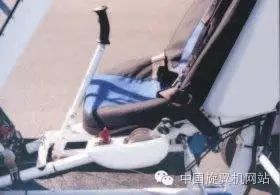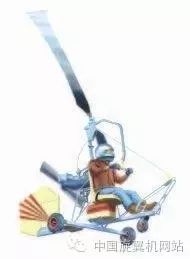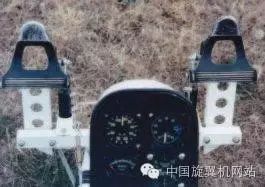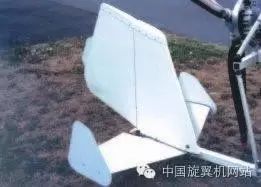Author: Chinese Rotorcraft Website Member Yunshanluan
Early rotorcraft had only simple control systems and limited maneuverability. With advancements in technology, better rotor control systems and control surfaces have been developed. As a result, modern rotorcraft still maintain the advantage of simple maintenance while enjoying high maneuverability.
[Cyclic Control]
Cyclic control allows you to achieve the desired effect by tilting the rotor system. The tilted rotor system provides full control capabilities for autogyros, including climbing, descending, and lateral flight.
The most common method is to use a control stick to change the pitch angle of the rotor head through push-pull tubes or flexible cables.
Some rotorcraft directly use rigid rods connected above the head to control the pitch angle of the rotor head, with the control rods bending and extending toward the front of the pilot.
Since this is a direct connection, the cyclic control response is opposite to the control input. Pushing the rod causes the rotor disk to tilt backward, increasing lift and causing the rotorcraft to climb; pulling the rod results in descent. Lateral control operates similarly.


As shown in the figure, a common method of transmitting cyclic control input to the rotor head is through push-pull tubes, as indicated on the outside of the rotor mast in the right image.

As shown in the figure, some autogyros use a rod directly connected to the rotor disk to control it from above.
[Throttle]
Most engines use a throttle to increase and decrease engine power, which in turn increases and decreases the aircraft’s lift. Depending on the design of the control system, the throttle and power may or may not have a linear relationship; for most rotorcraft, 50% throttle opening may mean 80-90% of the engine’s usable power. This variation in sensitivity means you must be familiar with the unique throttle characteristics and engine response of a specific rotorcraft.
[Rudder]
The rudder is controlled in the cockpit using foot pedals to manage the aircraft’s directional movement.
For rotorcraft, this control is implemented in a manner more similar to fixed-wing aircraft rudder control, rather than the anti-torque pedals of a helicopter. The rudder is used to maintain coordinated flight and may sometimes be used to compensate for propeller torque. The sensitivity and efficiency of the rudder are directly proportional to the airflow speed over the control surface. Therefore, many rotorcraft have their rudder positioned within the slipstream of the propeller to provide excellent maneuverability while the engine is running. However, this arrangement is less efficient at low throttle or when the engine is stopped, requiring greater deflection.


As shown in the figure, the tail rudder control provided by the foot pedals operates similarly to that of a fixed-wing aircraft.